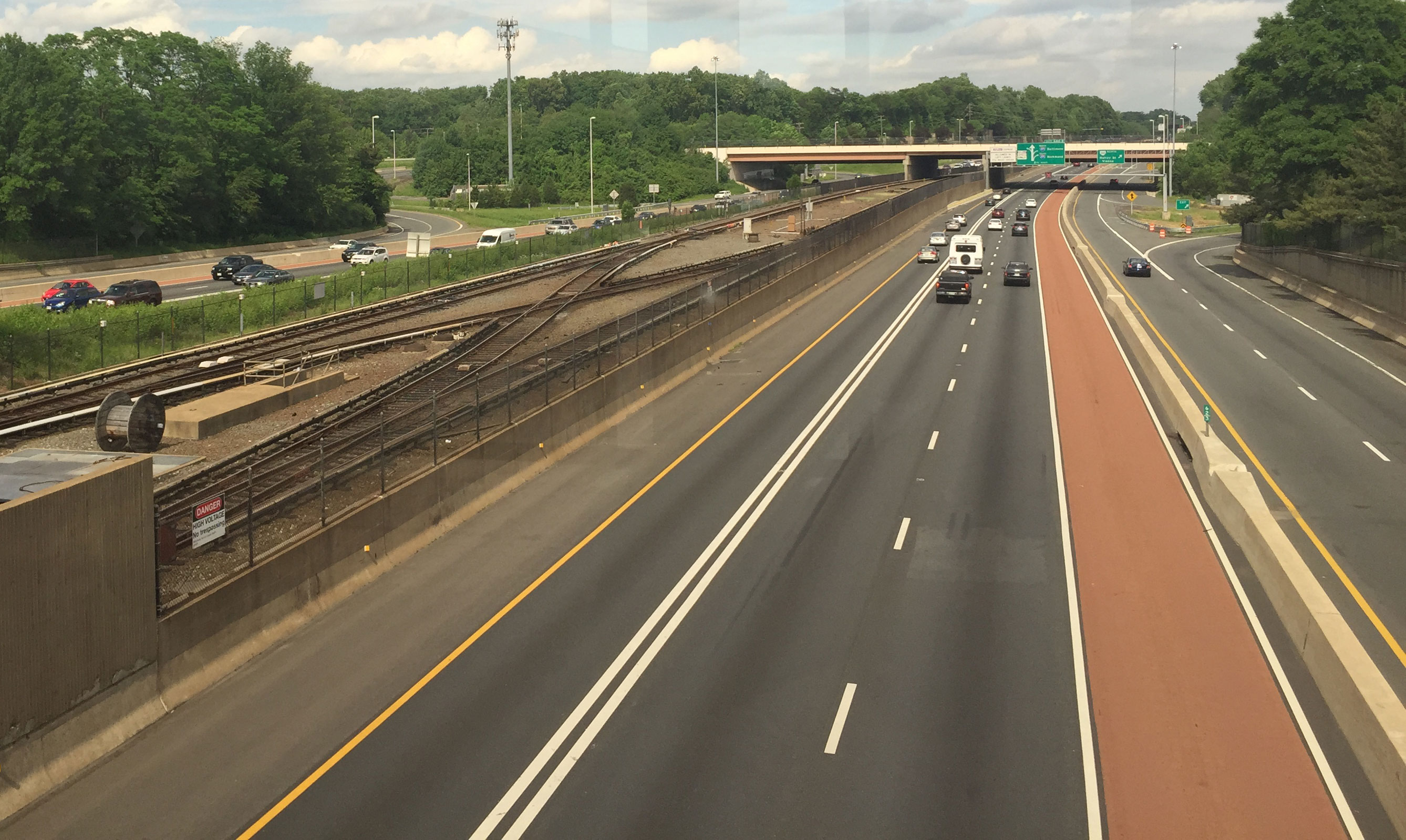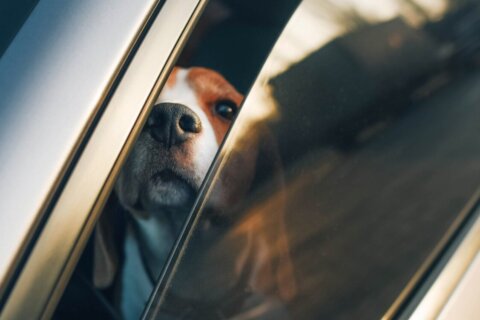Interstate 66 will be among the topics when Virginia Gov. Terry McAuliffe joins WTOP to take your questions at 10 a.m. Wednesday on WTOP’s Ask the Governor.
WASHINGTON — Carpoolers will still travel free when rush-hour tolls are added to Interstate 66 inside the Beltway in the next couple of years, but people who violate HOV rules now will have to pay up to $17 a day round trip if they go the full length at the busiest times, but Virginia transportation leaders say the money would return to help ease their commute or provide other options.
Deputy Transportation Secretary Nick Donohue says that in addition to a legal requirement, the toll revenue from inside the Beltway project must benefit toll-paying users of the road. The state will ask the regional body that decides on the improvements to prove that the extra transit options, or road improvements, have the desired impact.
“All revenues will stay in this corridor and must, by law, benefit the toll-paying users on I-66 inside the Beltway. It means we can’t widen, say, Route 17 in Stafford County, because that doesn’t benefit the toll-paying users on I-66. It also means we can’t build sidewalks out of gold in Alexandria, because that doesn’t benefit the toll-paying users of I-66,” Donohue says.
The idea is to move more people through the same amount of space even as the region grows.
The toll revenue also is likely to pay for an additional lane on I-66 eastbound between the Dulles Connector and Ballston, to ease the merge that can grind traffic to a halt. The expansion would be triggered automatically under the plan if speeds in that area remain slow even with tolls in place.
The additional lane would change a merge that is now from four lanes to two, to four lanes to three for several miles before it then merges into two lanes.
Tolls on the portion of I-66 inside the Beltway are scheduled to be implemented in 2017, but would only be active during a four-hour period during the morning commute and a four-hour period in the evening. Initially, cars with two or more people inside would travel free as they do today. There is a regional plan to increase HOV requirements to three people in the car around 2020.
The plan would implement HOV restrictions and tolls in the reverse-commute direction for the first time. The tolls in that direction are expected to be lower.
The tolls would first pay for the debt service on the $40 million to $50 million cost and then for operations and maintenance, with the remaining revenue going to the corridor-wide improvements.
“All of these funds cannot go to just improve bus service in, say, Arlington or Falls Church; we also need to recognize that many users of I-66 inside the Beltway come from Loudoun, Fauquier, Prince William and other parts of the region, and we need to use the revenues to benefit all the parts of the region and the different users of I-66 coming from those areas,” Donohue says.
The separate plans for Interstate 66 outside the Beltway already include a number of commuter parking lots. The Virginia Department of Transportation announced Monday that it would relocate one that was planned for a farm in Prince William County’s Rural Crescent.
Tuesday afternoon, the Commonwealth Transportation Board voted to approve the preferred alternative for the outside the Beltway project. That defines the largest project to turn I-66 into three regular highway lanes and two high-occupancy-or-toll lanes can be.
The board is scheduled to take more action in December on which companies will remain in the running to build the project and how the outside the Beltway project will be financed.
The inside-the-Beltway project is expected to remain under the state’s control, but the outside-the-Beltway project could be built as a public-private partnership concession.







